FeatureMemories Of Watchmaking: An Introduction To Favre Leuba
The second-oldest Swiss watchmaking brand, Favre Leuba have witnessed history in the making. Here’s everything you need to know about Favre-Leuba and their reliable, high-quality exploration watches
May We Recommend
Since the time Favre Leuba first came into existence, the world has witnessed the invention of electricity and radio waves, the creation of the first airplane, and also the first person to summit Mount Everest, among other noteworthy historical moments. The watch industry too has witnessed just as many noteworthy events—from the quartz crisis to the re-entry of mechanical watches into global markets. As the second-oldest Swiss watch brand in the world, Favre Leuba has watched history being made—the history of the world at large, and that of horology. Today, we dive into the world of Favre Leuba, from its inception, devolution during the ‘quartz crisis’, and finally, its evolution into a contemporary global watch brand.
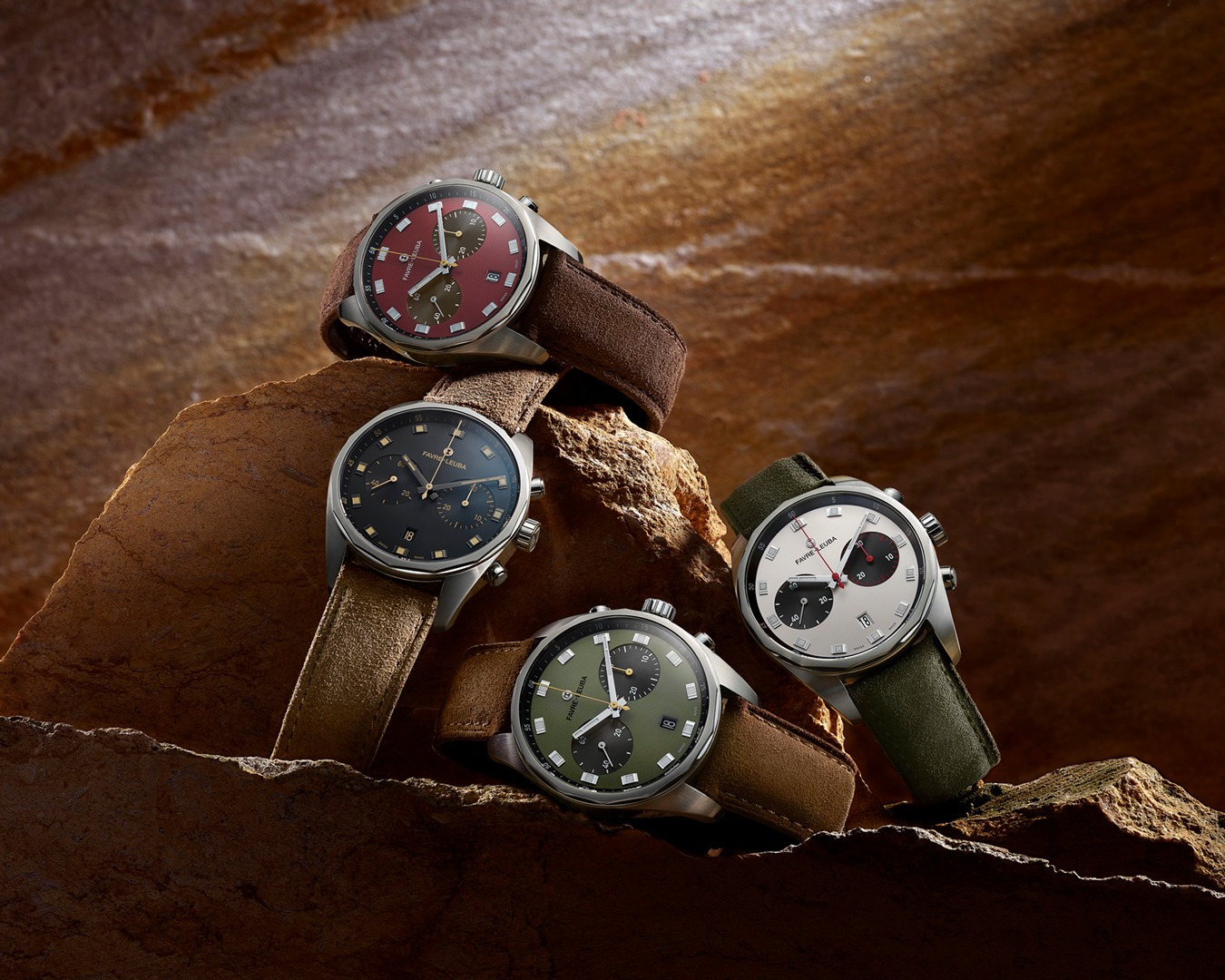
Down Memory Lane With Favre-Leuba
Around 286 years ago, a man named Abraham Favre set up an independent watch company in Le Locle, in the heart of the Swiss watch industry. With the goal to become the first in his family to learn the craft of watchmaking, Abraham Favre paved the way for the brand we know today for their high quality and reliable watches. As was tradition, after Abraham, the company was taken over by his son Abraham Favre Jr, who shared the same passion and fascination for horology as his father.
Favre Jr. was obsessed with improving the technology of his watches, which led to the creation of the A. Favre & Fils, in 1792. The company’s passion for development led to the quick growth and expansion of the company. This further resulted in the beginning of the partnership between Henry Auguste, Frédéric Favre’s son and thereby the fourth generation of the watchmaker family and Auguste Leuba—a watchmaking authority in his own right—in 1815, to form the now well-known Favre Leuba. During this time, the duo travelled the world from Europe to South America, and even India, to establish the brand, and sell exquisite watches in foreign markets.After expanding the company on the subcontinent, Favre Leuba moved their facilities from Le Locle to Geneva in 1896.
Favre-Leuba And The Evolution Of The Watch
By the early 1900s, the world of watches was quickly changing, with wristwatches swiftly replacing pocket watches. Evolving with the changing times, Favre Leuba launched their first monopusher chronograph watches in the year 1925, and the hand-wound calendar watch Datora in 1946. After using Ebauche movements like Landeron and the Valjoux for many years, in 1955, Favre Leuba stepped into the world of in-house movements with the development of their own calibre—the FL 101. This new manufacture movement powered signature models like the Sea Chief, Sea King and Sea Raider. In the following years, as is expected, the FL101 in-house movement went through many developments—like the FL103 and FL104. By the 1960s, Favre-Leuba became a household name primarily due to their manufacturing of high-quality diving watches, such as the Water Deep models.
In 1962, Favre Leuba introduced the world to the Bivouac, the first mechanical wristwatch to feature an aneroid barometer for altimeter and air pressure measurement. This timepiece turned into an overnight success, and soon ranked high among the world’s most mission-defining timepieces in the industry at the time. The same year, the brand introduced the patented and revolutionary FL251 calibre, housing two barrels with a centred seconds hand.
Following the success of these new launches, the brand unveiled the Deep Blue watch, with a 200m water resistance. This was followed by the iconic Bathy in 1968—the world’s first mechanical wristwatch that not only displayed the dive time, but also current diving depth. Despite the massive success of their watches and a global footprint in terms of sales, the advent of cheap quartz movements caused the brand to plunge into distress, like most of the Swiss watch industry. This led to the family selling the company in the 1980s.
After changing multiple hands, Favre Leuba resurfaced in 2011, when they were acquired by the Tata Group in Zug. Under new leadership, the brand released multiple new swiss made wristwatches, like the popular Raider Harpoon, and the altitude-friendly Bivouac 9000, which was introduced in 2017, to celebrate the brand’s 280th anniversary.
Collection Highlights From Favre Leuba
The vision for Favre Leuba was set in stone early on in 1737, when the brand came into existence. Ever since their launch, each and every timepiece created by Favre Leuba follows the philosophy of pioneering technology and precision, with the brand’s strong desire to build instruments of exploration. This philosophy is reflected in the iconic Raider and Chief collections, which are bold and enduring, but with character aplenty. These two signature collections feature a range of timepieces dedicated to becoming the perfect companion for all kinds of adventure.
The Raider
Inspired by the brand’s own legendary watches, the Raider line from Favre Leuba is sporty in its appeal, and reliable in terms of its functions. The watches included in the collection are functional and precise, making them the perfect tool for explorers who want to wander off to the highest mountains or dive into the deepest oceans.
Starting with the functional Raider Harpoon, and the professional Raider Bathy 120 MemoDepth, to the legendary Raider Bivouac 9000, the Raider line houses a range of watches offering the latest in mechanical technology. From guiding mountaineers at high altitudes, to divers on depth readings, the Raider collection is the epitome of exploration-driven instrument watches.
The Chief
If the Raider collection personified the explorative side of Favre Leuba, the Chief collection is the complete opposite. Exemplifying minimalism with a dressy approach, this collection brings forward the brand’s expertise in creating timepieces that will stand the test of time in terms of their classic appeal and elegant aesthetics. A statement on the wrist, this series of dressy watches with a minimalistic design language, with features including the date and chronographs. Available in a range of dial colours, case sizes and strap options, timepieces from the Chief collection deserve a permanent place on every watch lover’s collection.




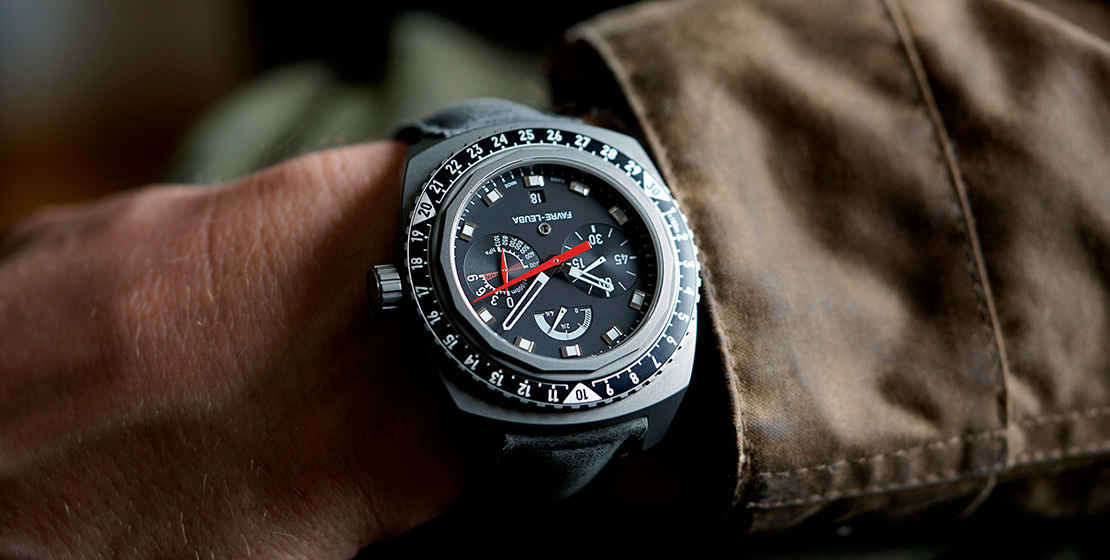

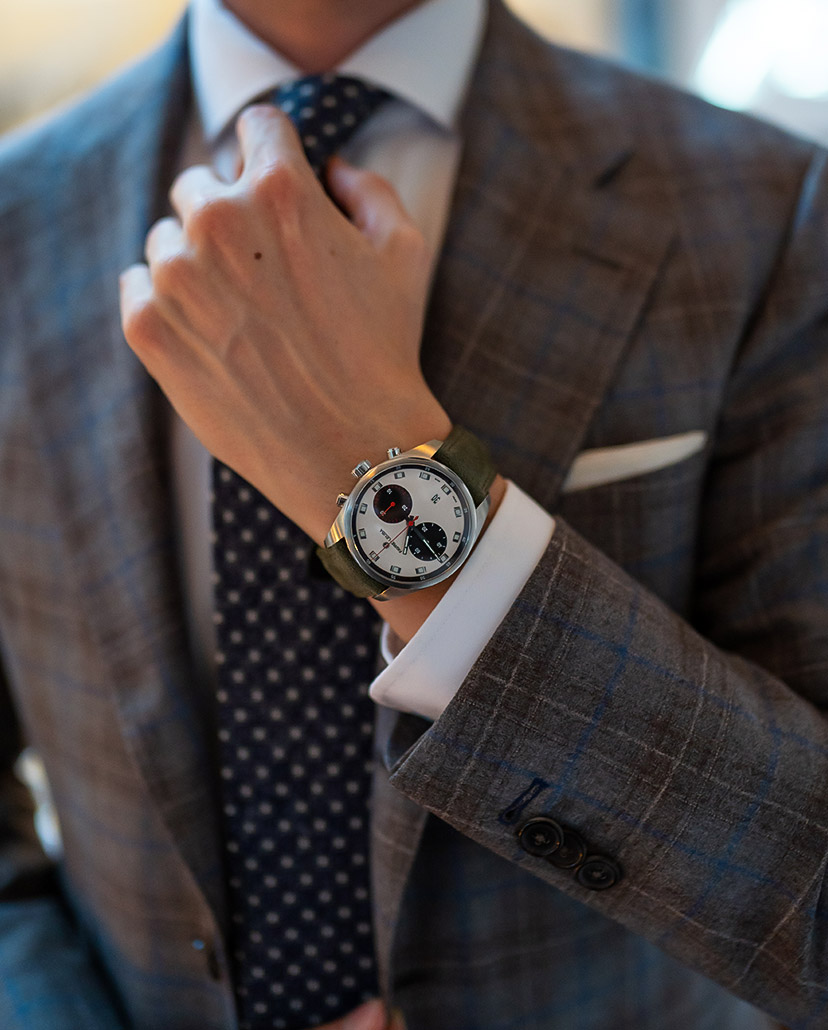
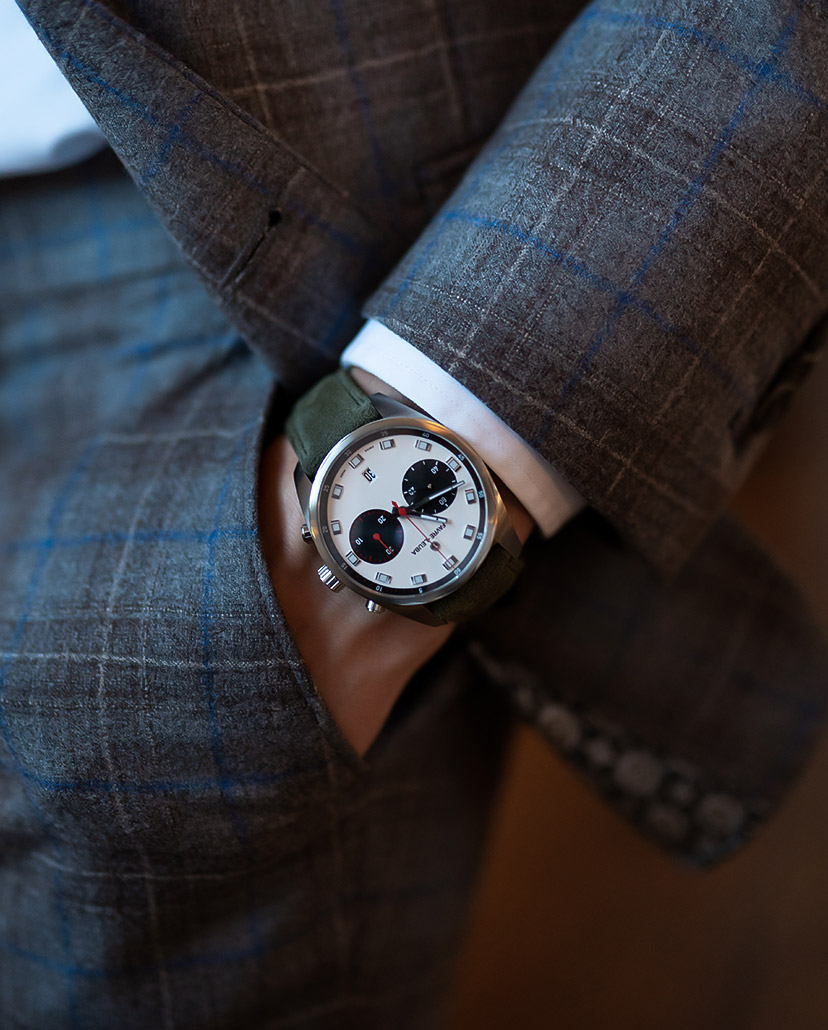





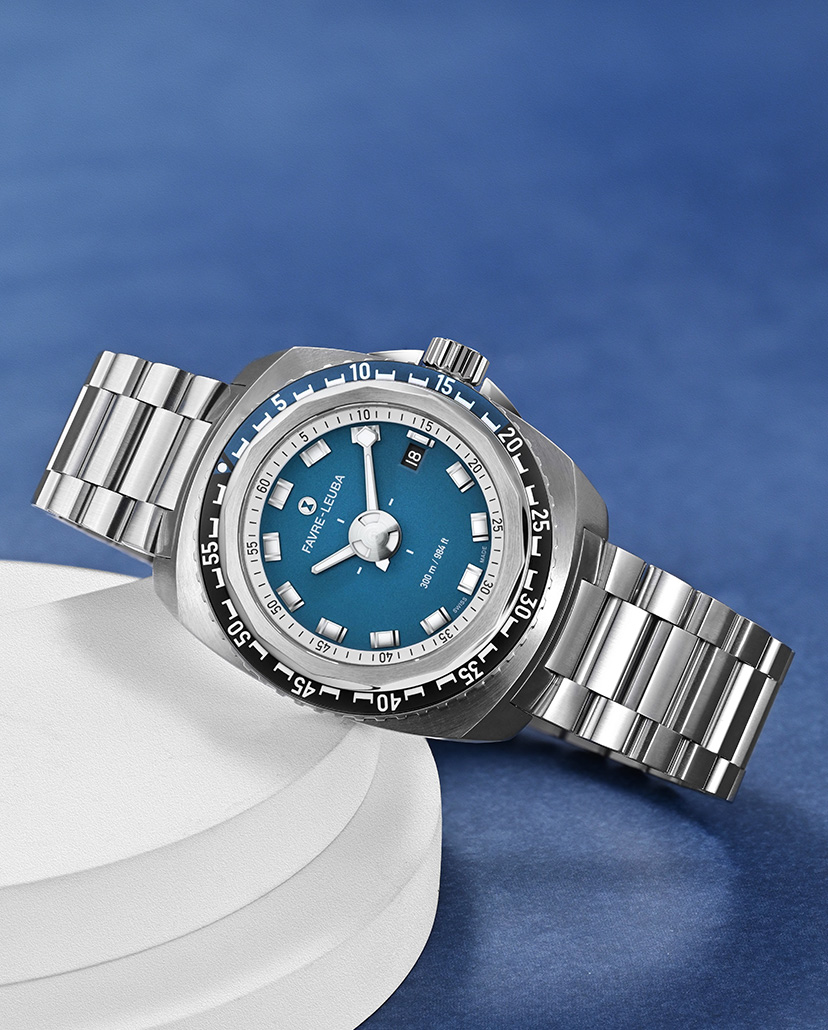
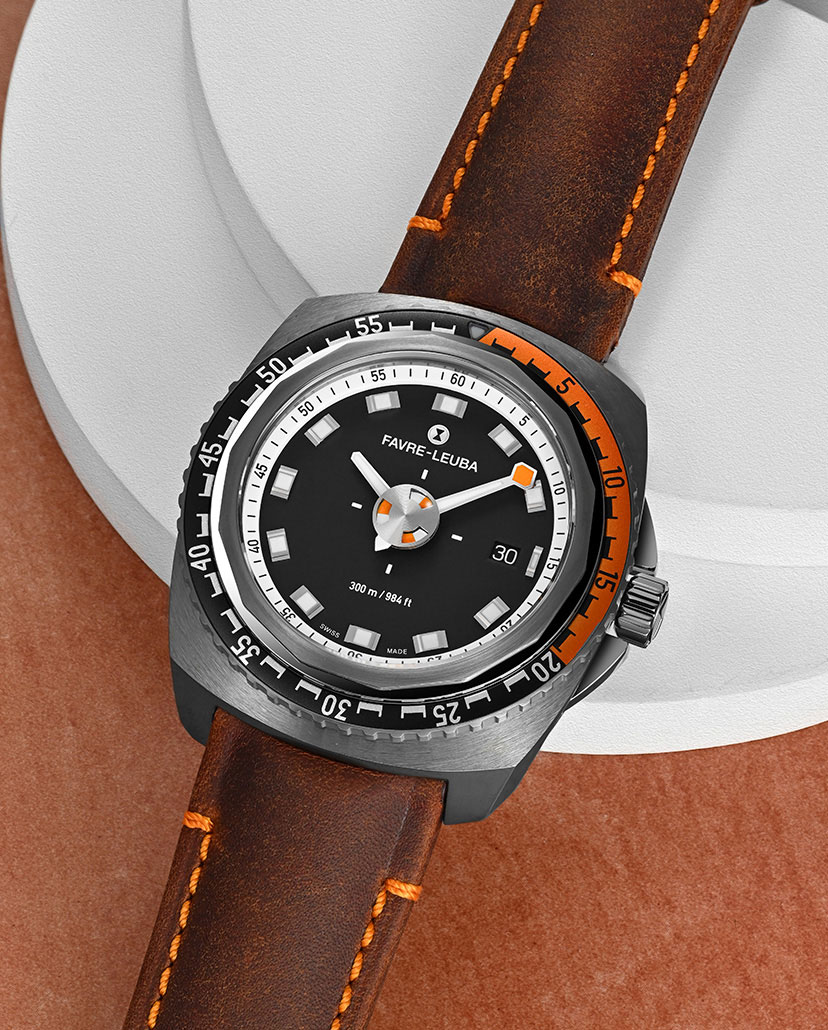




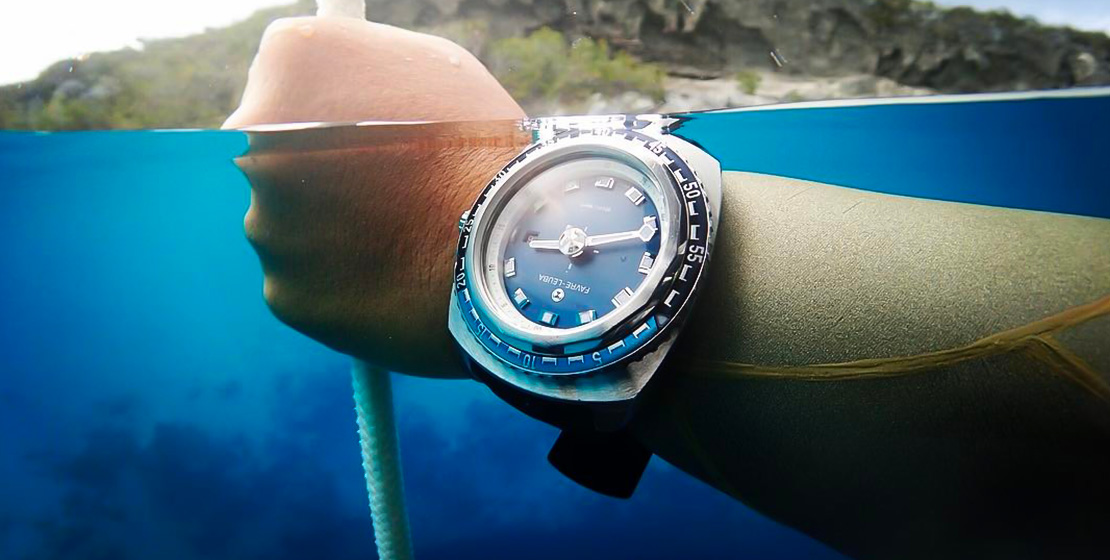

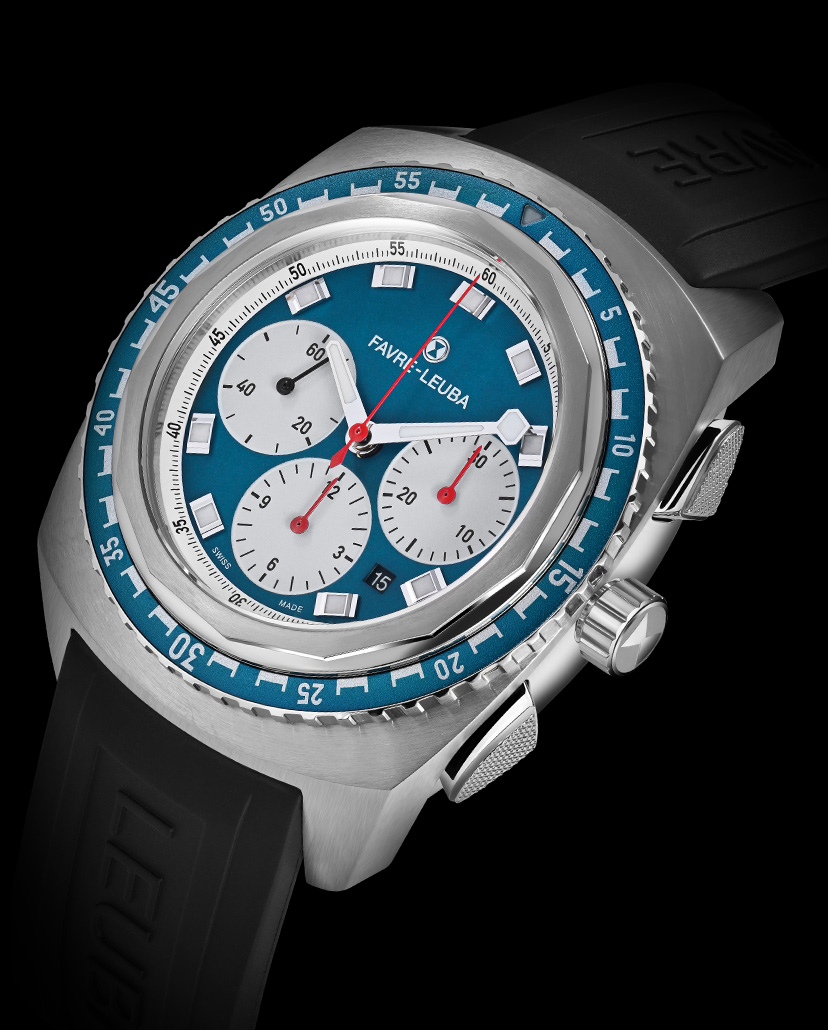

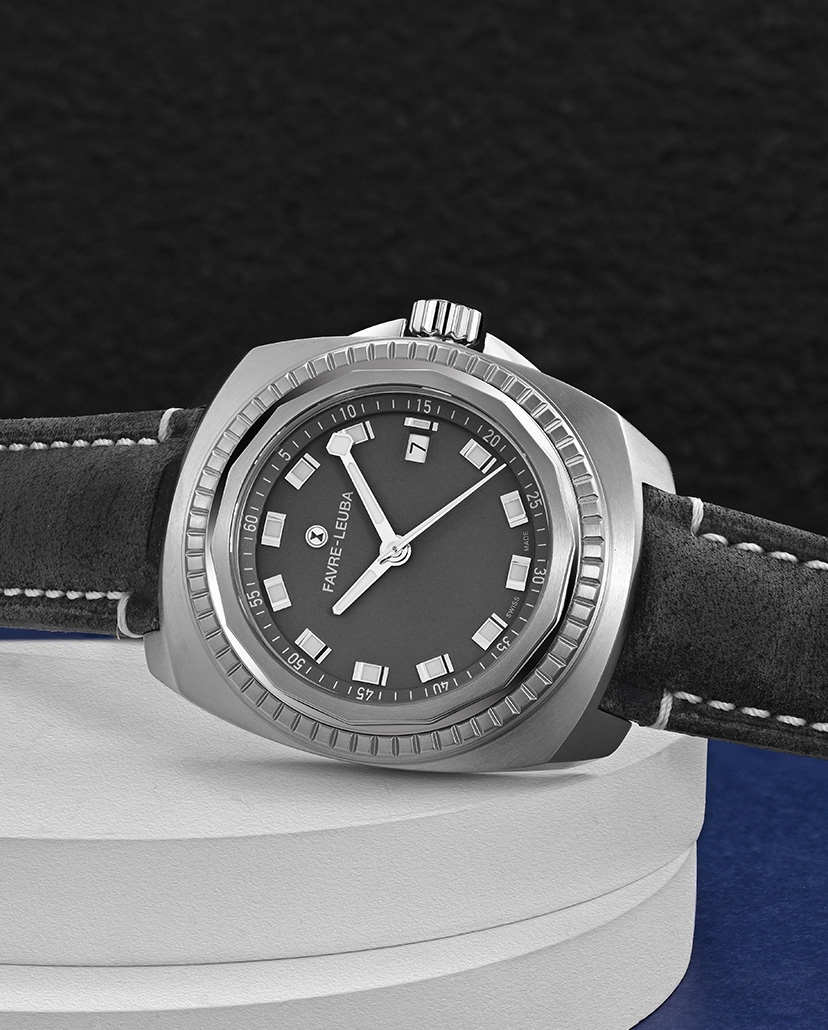

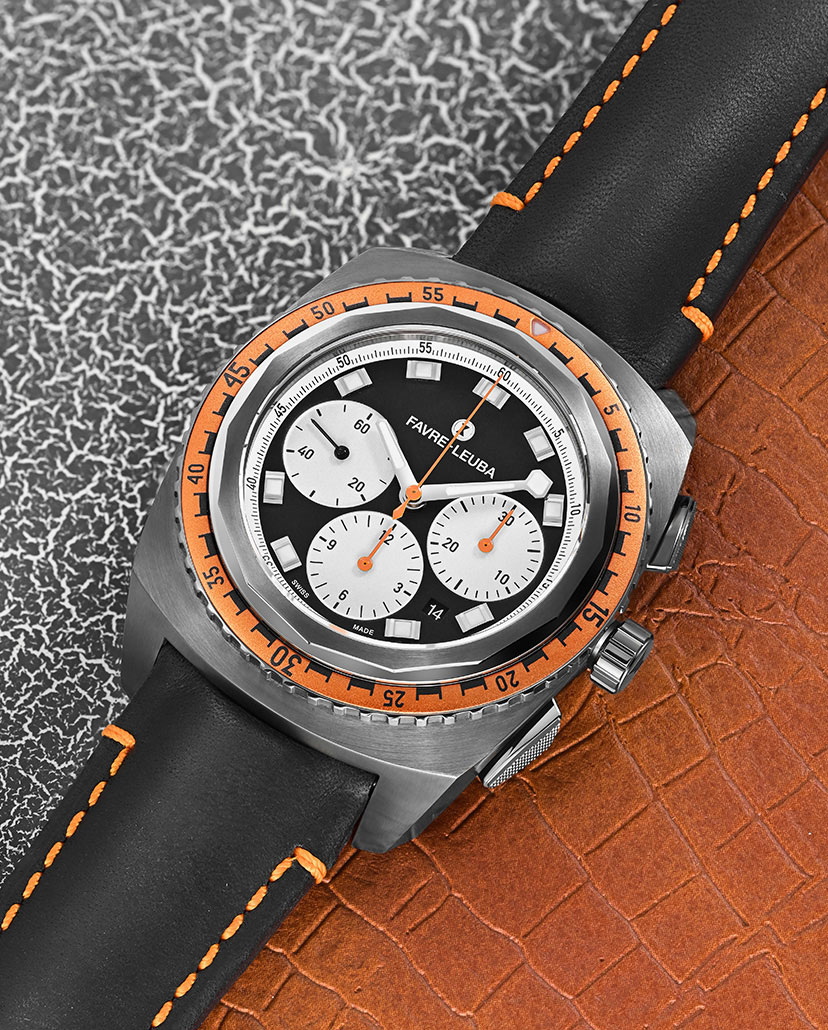

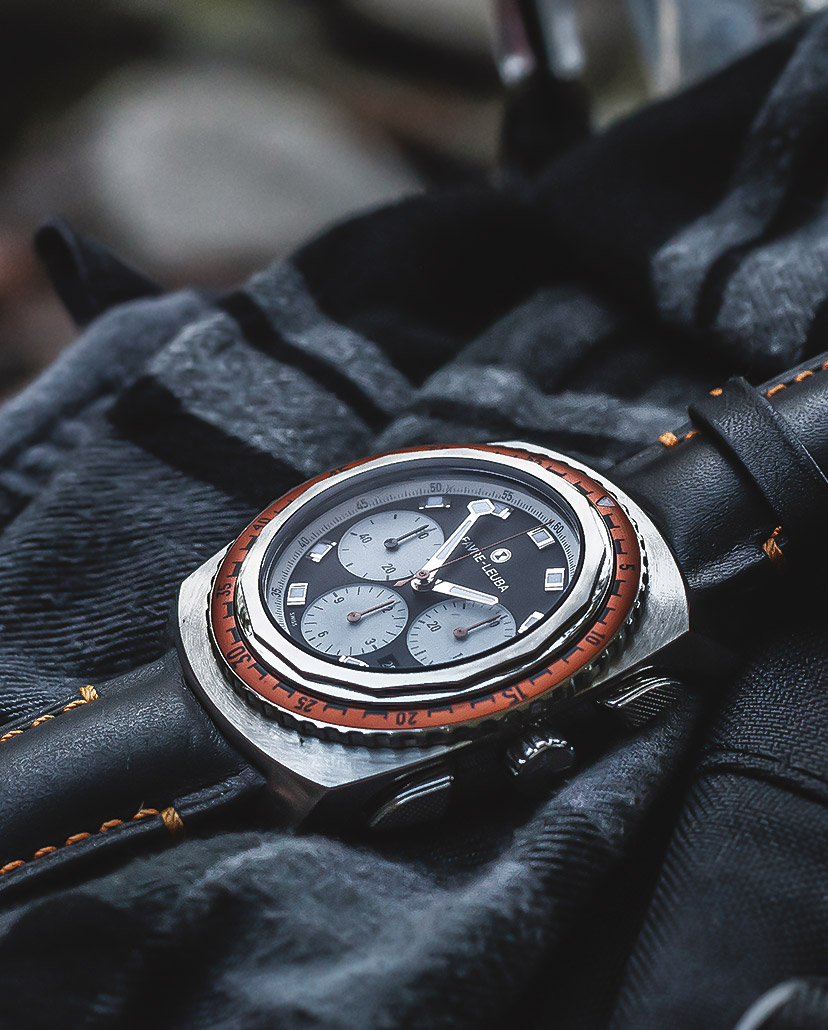
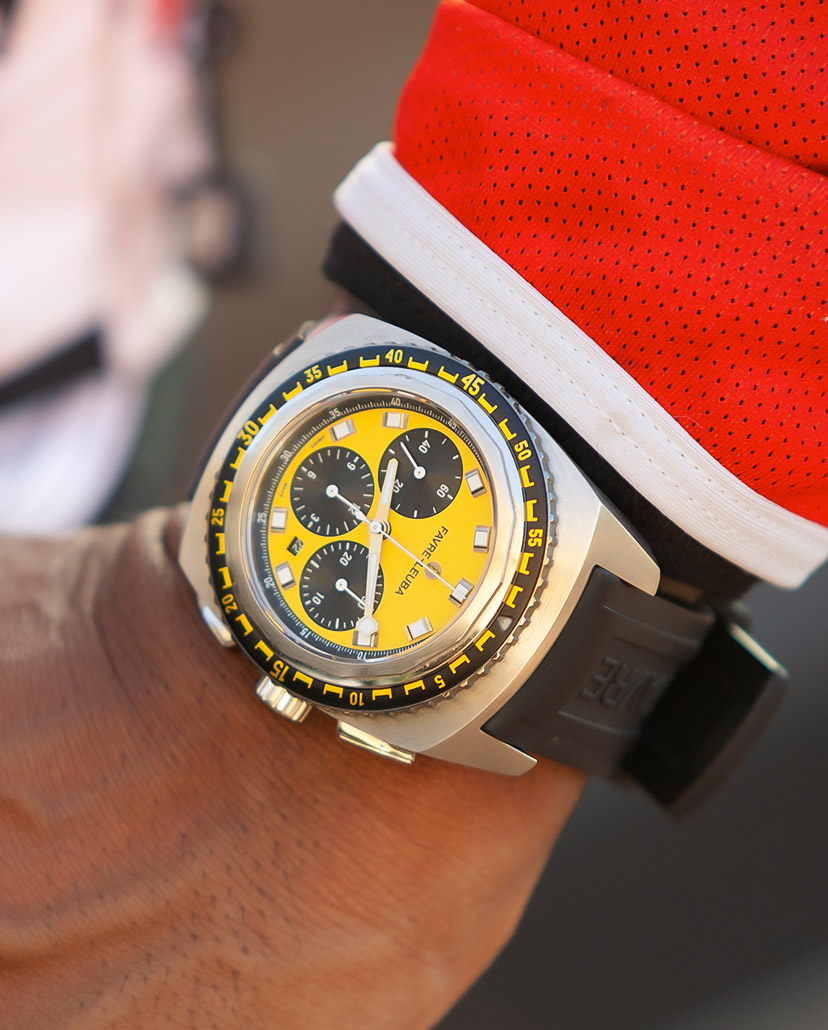

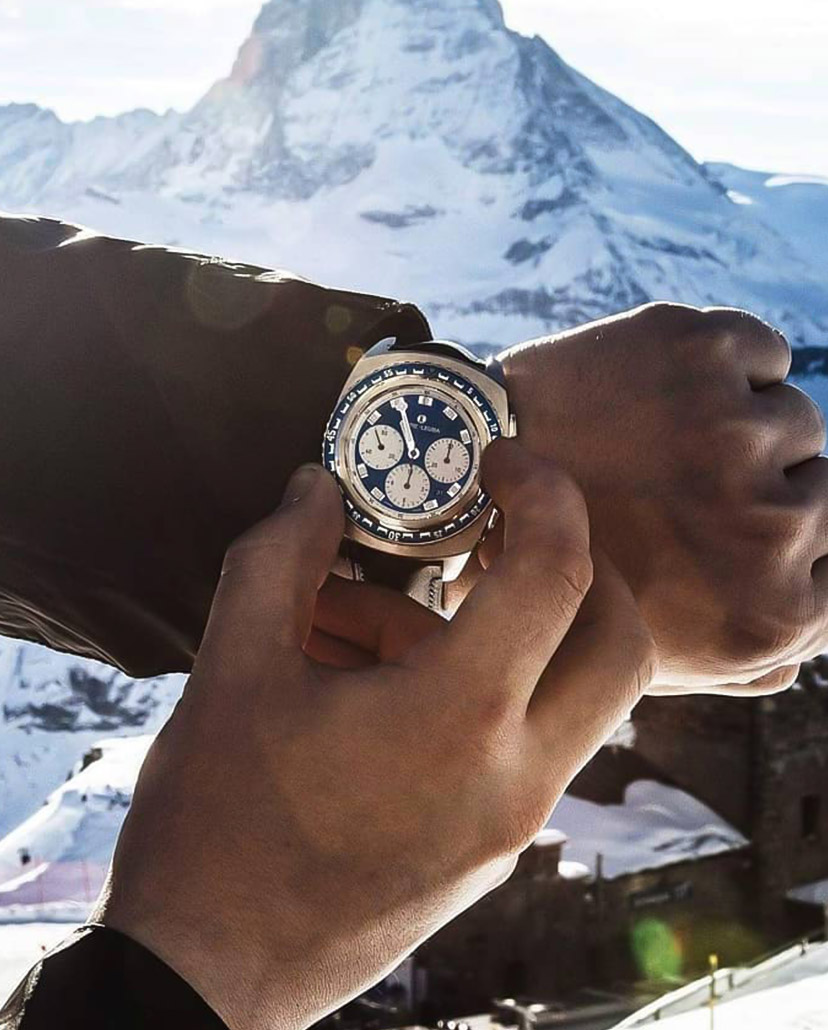
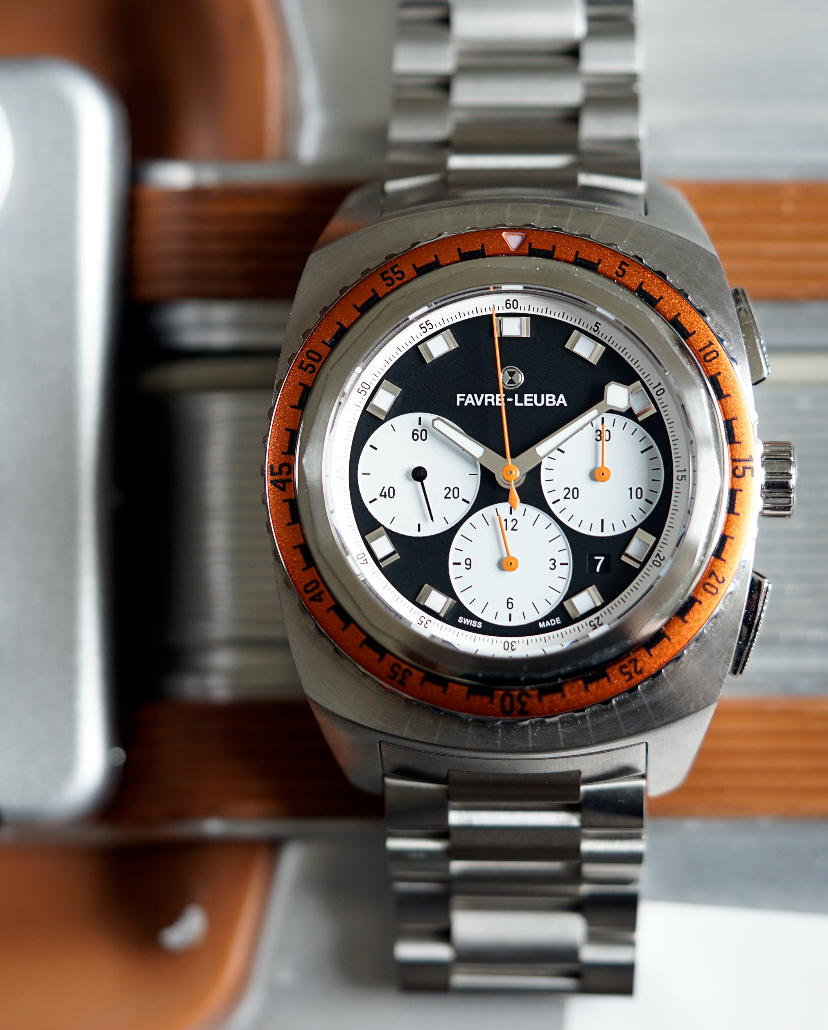
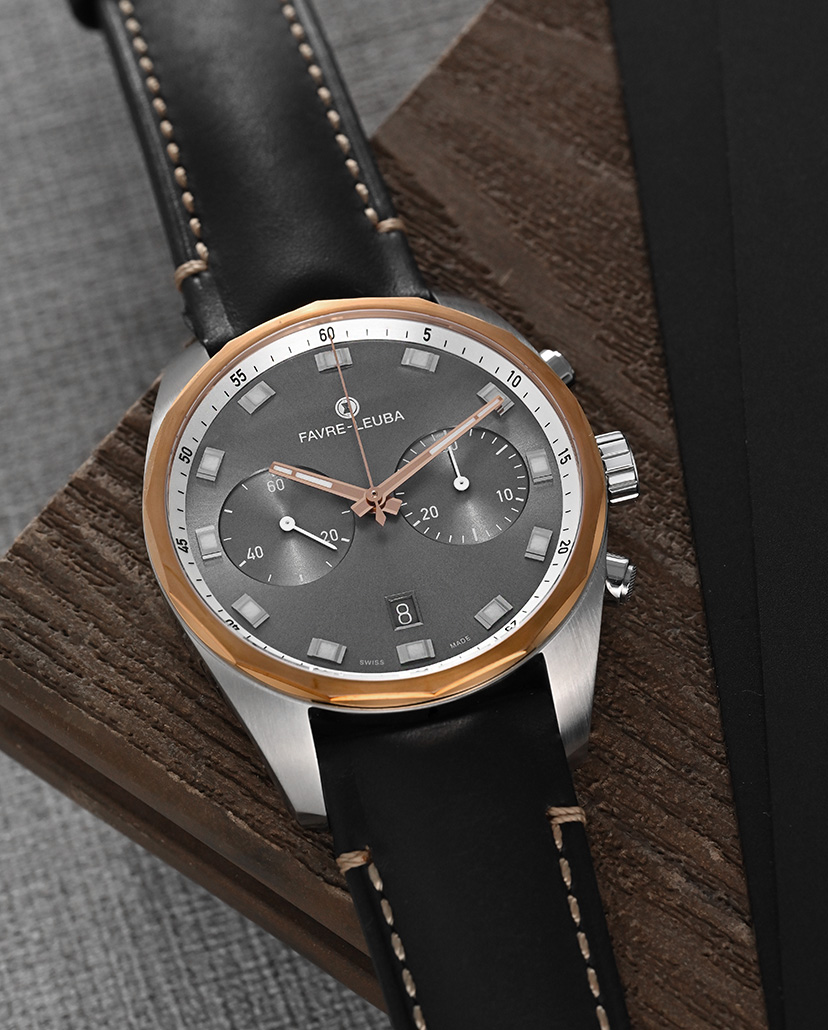

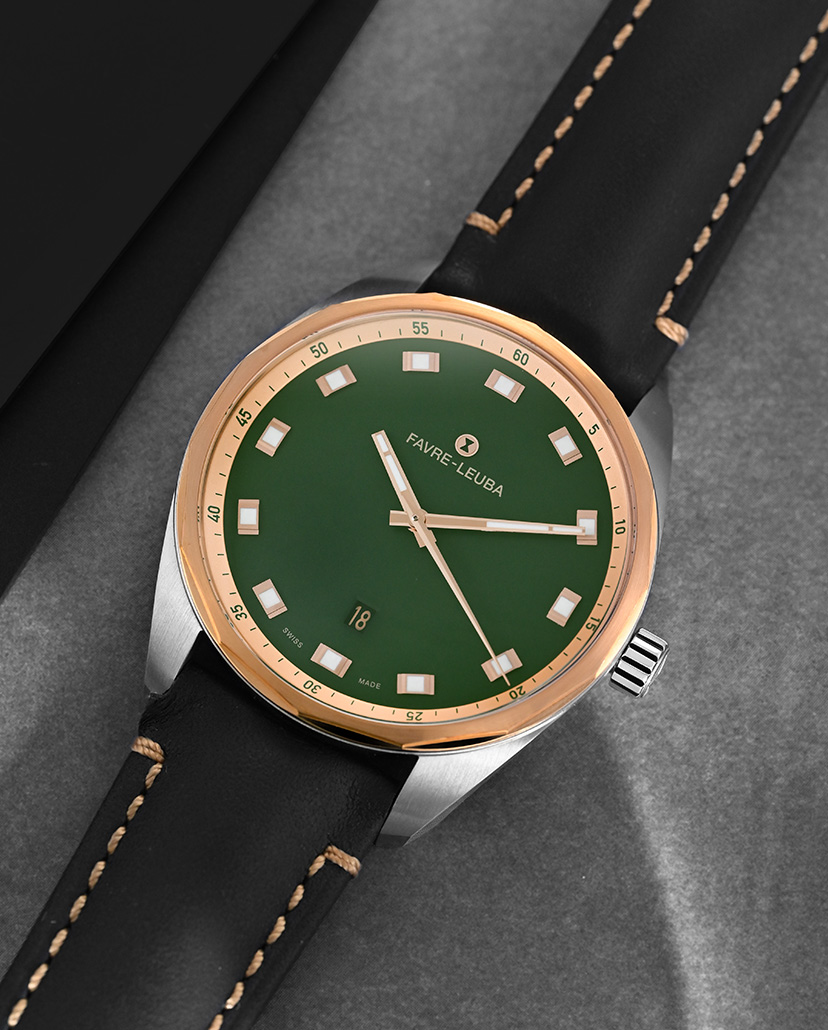

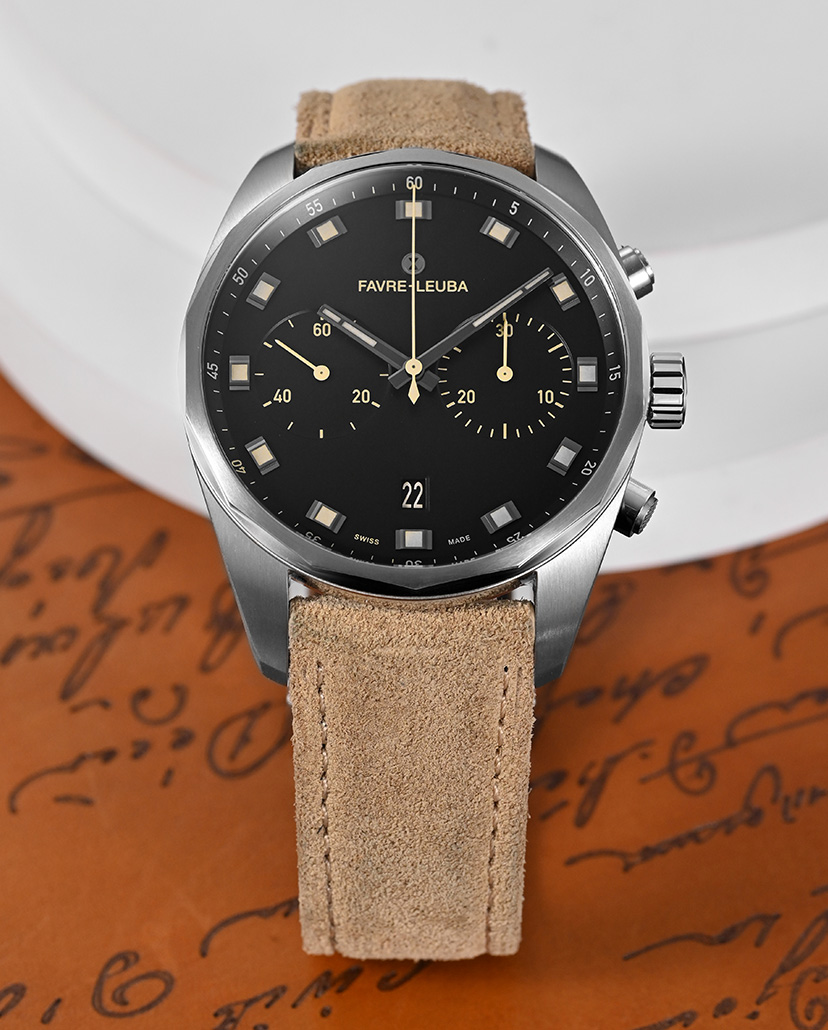




























The brand is absolutely superb, is there any watch with a compass within it and the price nearby Rs10000/-